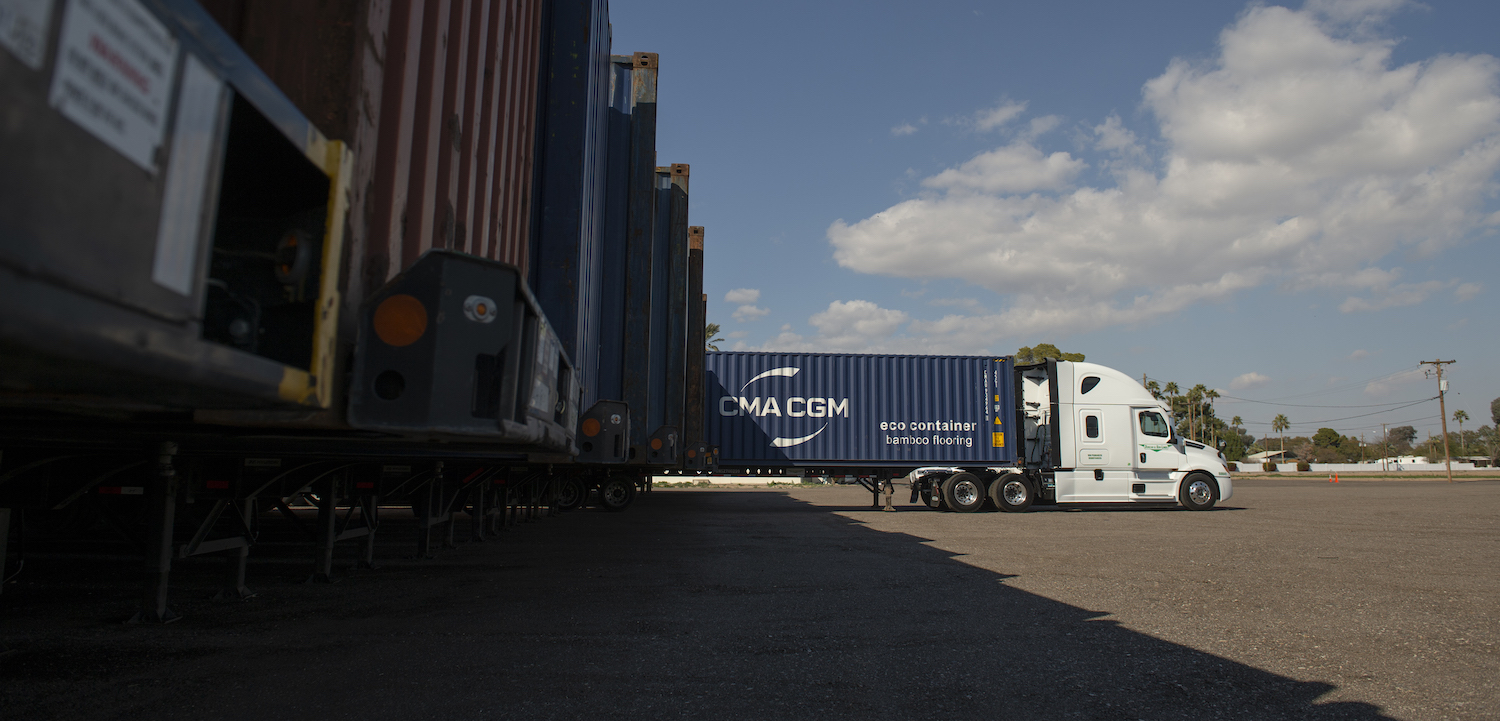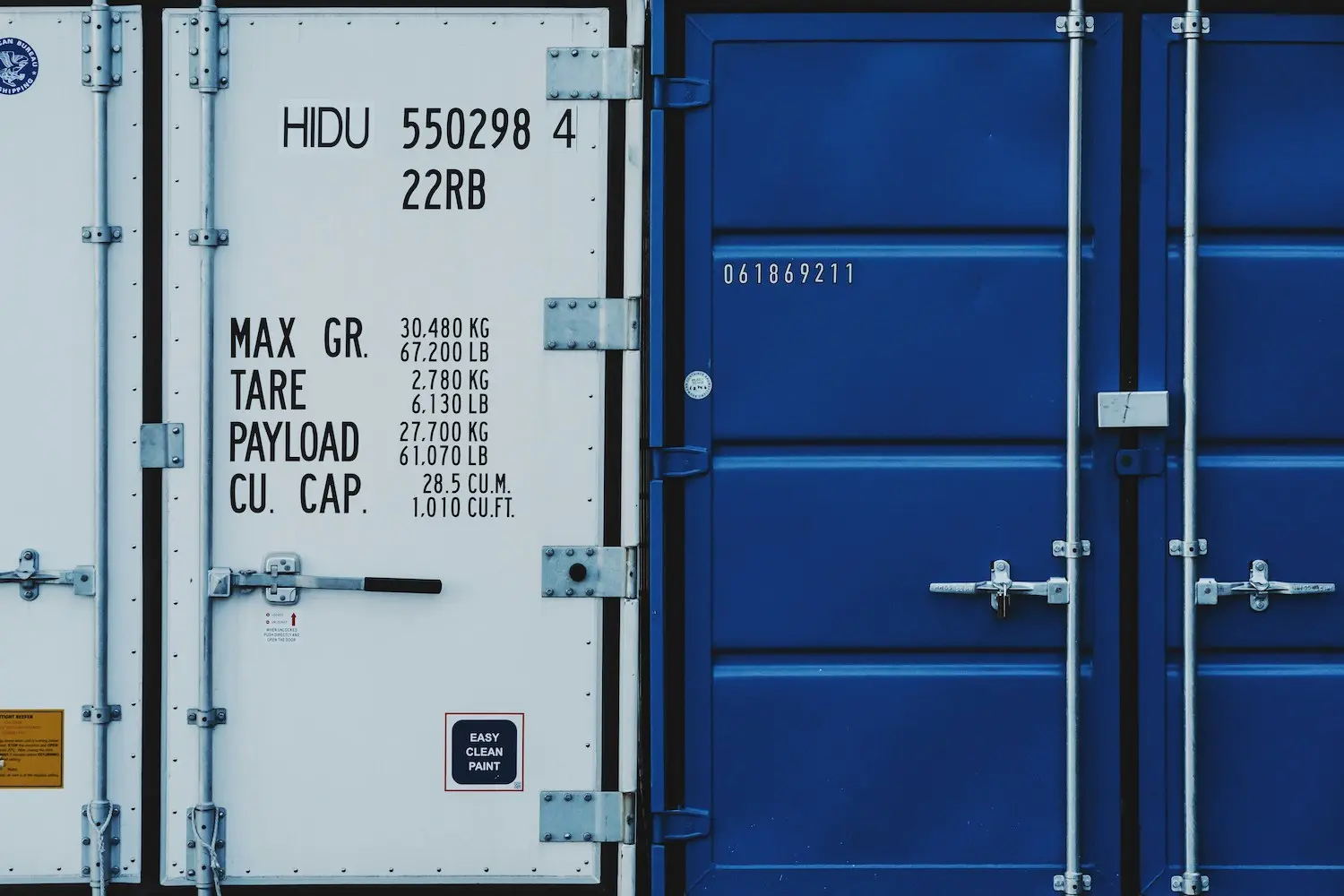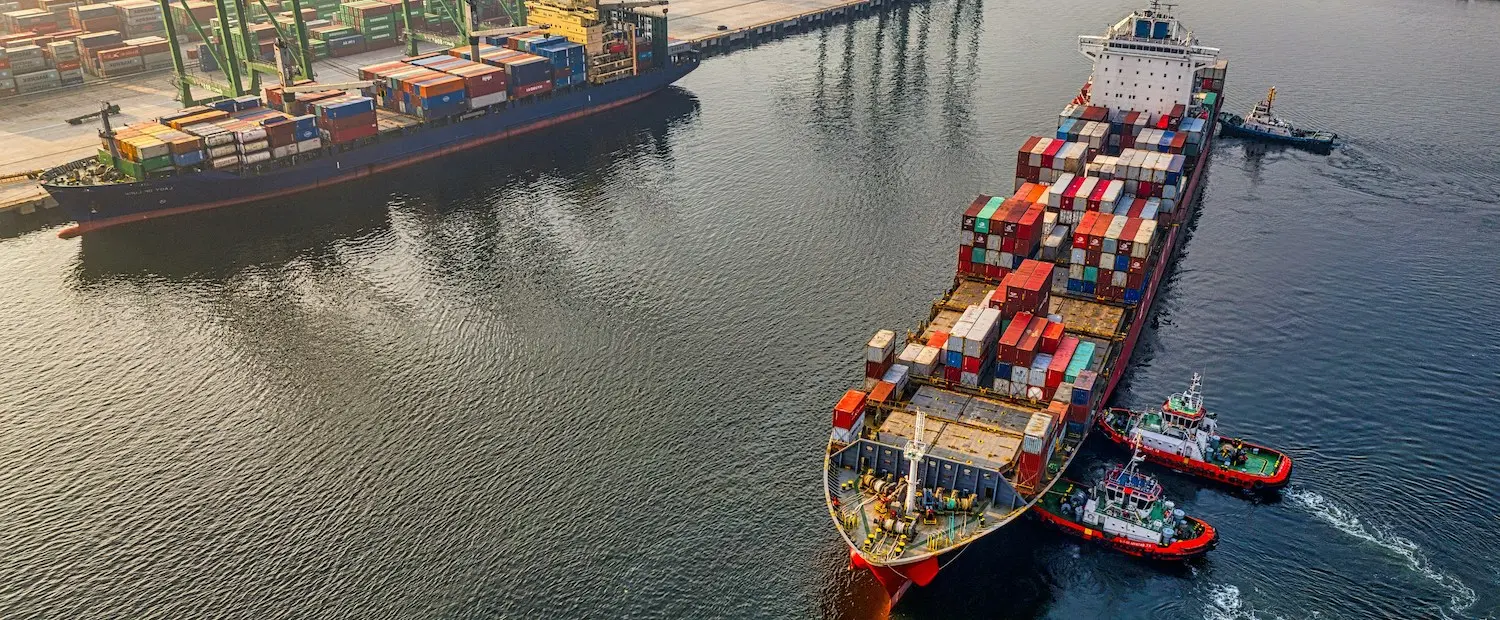
Introduction to Intermodal Drayage: Why It’s Important
Imagine your latest shipment – a container full of electronics – moving across continents. It travels by ocean liner across vast seas, then by train across a sprawling country.
But how does it get from those massive transport hubs to your final destination, ready for distribution? The answer lies in a hidden hero of the logistics world: intermodal drayage.
Intermodal drayage refers to the crucial short-distance trucking service within the intermodal system, ensuring your goods seamlessly transition between ports, rail yards, and warehouses. Understanding the significance of drayage is key for businesses of all sizes – it can significantly impact your supply chain efficiency, drayage costs, and overall control over your shipments. Let’s delve into the world of intermodal drayage and explore why it’s an essential piece of the modern logistics puzzle.
Demystifying Intermodal Transportation
Imagine a world where your product magically teleports from its origin to your doorstep. While that might sound like science fiction, intermodal transportation offers the closest real-world equivalent. At its core, intermodal freight transport is the seamless movement of goods using a combination of different transportation modes. Think of it like a relay race, where each leg utilizes the strengths of a specific mode:
- Ocean Ships: Capable of transporting massive volumes of cargo across vast distances, ships reign supreme for efficient long-haul sea freight.
- Trains: Offering a cost-effective and environmentally friendly option for overland transportation, trains excel at moving large quantities of goods over long distances.
- Trucks: Providing the ultimate in flexibility and final-mile delivery, motor carriers ensure your goods reach their final destination, no matter how remote.
The beauty of intermodal shipping transportation lies in its ability to leverage the strengths of each mode. This translates into several key benefits for businesses:
- Cost-Efficiency: Utilizing ships for long hauls and trains for bulk transport can be significantly cheaper than relying solely on trucks.
- Environmental Advantages: By maximizing efficient modes like trains and ships, intermodal transportation reduces carbon footprint compared to relying solely on long-distance trucking.
- Flexibility: The ability to combine different modes allows for tailoring transportation solutions to specific needs.
Now, let’s bring this concept to life with a real-world example. Imagine a container filled with toys being shipped from China to a retail store in Chicago. The journey might look like this:
- Factory to Port: A truck delivers the container to a port city in China.
- Ocean Voyage: The container is loaded onto a massive ship and traverses the Pacific Ocean.
- Port to Rail Yard: Upon reaching a port on the US West Coast, the container is transferred to a train.
- Cross-Country Journey: The train efficiently transports the container across the continent.
- Rail Yard to Warehouse: Finally, a truck picks up the container from the rail yard and delivers it to a warehouse near the Chicago store.
This intermodal journey moves your precious cargo smoothly to its destination, delivering the toys in a cost-effective and environmentally conscious manner.
The Crucial Role of Drayage: The Invisible Bridge of Intermodal Transport
Now that we understand the wonder of intermodal transportation, let’s zoom in on the often-overlooked hero: container drayage. In essence, container drayage is the relatively short-distance trucking service that connects the dots within the intermodal system. Imagine those massive container ships disgorging their cargo onto a chaotic free-for-all – that’s what intermodal transportation would look like without drayage.
Drayage trucks are the invisible workhorses that bridge the crucial gaps between ports, rail yards, and warehouses. They ensure the seamless transition of your container from one mode of transportation to another. Here’s how it works:
- Port Drayage: Upon arrival at a port, drayage trucks swiftly pick up containers and transport them to designated storage areas or connect them with waiting rail lines.
- Rail Drayage: When your container arrives at an inland rail yard, drayage trucks are waiting to whisk it away to its final destination, such as a warehouse or distribution center.
The time-sensitive nature of drayage is paramount. Delays at this stage can have a ripple effect, impacting the entire intermodal journey. Efficient drayage ensures your shipment stays on schedule, minimizing delays and ensuring timely delivery to your customers.
Think of drayage like a well-oiled gear in a complex machine. While it might not be the flashiest component, its smooth operation is essential for the entire system to function flawlessly.
Why Intermodal Drayage Matters for Businesses
Intermodal drayage plays a critical role in modern logistics, offering a myriad of benefits that directly impact businesses’ operations and bottom line:
- Improved Supply Chain Efficiency: Efficient drayage minimizes delays and optimizes overall intermodal transport. By seamlessly coordinating the movement of goods between different transportation modes, drayage ensures smooth transitions, reducing dwell times at ports and terminals and streamlining the entire supply chain process.
- Cost Savings and Optimization: Drayage leverages cost-effective short-haul trucking compared to long-haul alternatives. By focusing on local transportation needs, drayage services optimize route efficiency, reduce fuel consumption, and minimize overall transportation costs, resulting in significant cost savings for businesses.
- Increased Visibility and Control: Many drayage carriers offer real-time tracking capabilities, providing businesses with enhanced visibility into the movement of their cargo. This real-time monitoring allows businesses to track their shipments’ progress, anticipate potential delays, and proactively manage their supply chain, enhancing overall control and decision-making.
- Reduced Environmental Impact: Intermodal drayage contributes to a more sustainable supply chain by optimizing transportation modes. By utilizing a combination of trucks, trains, and ships, drayage minimizes carbon emissions, reduces traffic congestion, and promotes eco-friendly transportation practices, aligning with businesses’ sustainability goals and reducing their environmental footprint.
- Flexibility and Scalability: Drayage caters to diverse shipment needs and can adapt to changing business requirements. Whether businesses require transportation of oversized cargo, temperature-sensitive shipments, or just-in-time deliveries, drayage services offer the flexibility and scalability to meet varying demand, ensuring that businesses can scale their operations effectively to accommodate growth and changing market conditions.
Conclusion: The Power of Intermodal Drayage
In today’s interconnected world, efficient and cost-effective transportation is the lifeblood of successful businesses. Intermodal transportation has emerged as a powerful solution, leveraging the strengths of different modes like ships, trains, and trucks to deliver your products seamlessly. But the smooth handoff between these giants relies on a hidden hero – intermodal drayage. These short-distance intermodal trucking services ensure the swift and efficient movement of your shipping container between ports, rail yards, and warehouses, keeping your supply chain humming.
By understanding the significance of intermodal drayage, businesses can unlock a multitude of benefits: improved efficiency, cost savings, increased visibility, and a more sustainable supply chain footprint.
Ready to explore the possibilities of intermodal drayage for your business? Contact our intermodal drayage experts today. We can help you design a customized solution that leverages the power of intermodal transportation, all while ensuring the smooth flow of your products from origin to destination. Take control of your supply chain and unlock the efficiency and cost savings that intermodal drayage offers.




